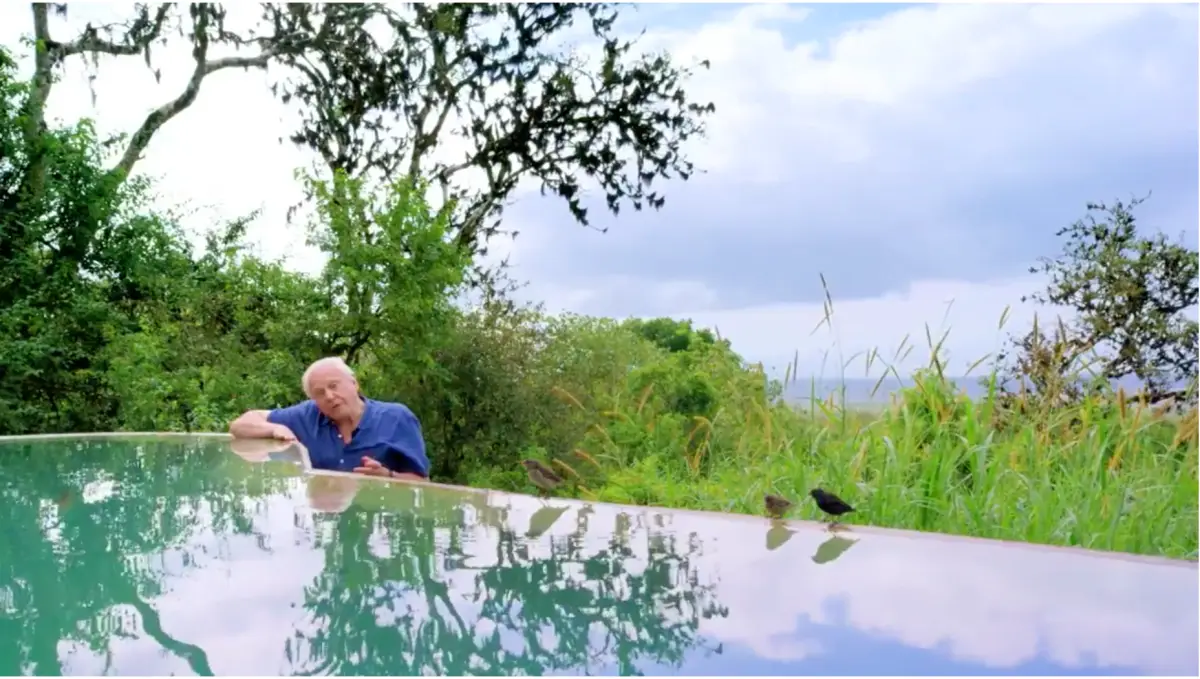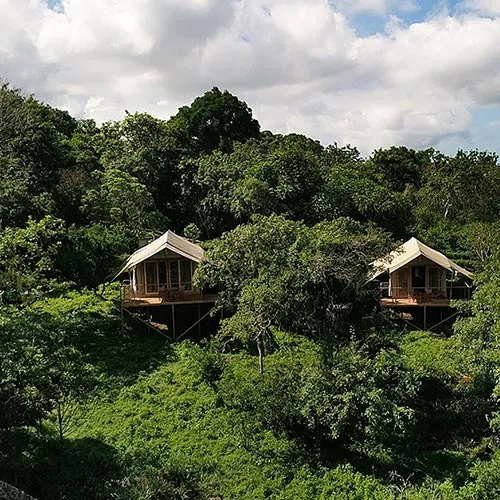The Galapagos Finch
They may be small and cute, but they usually don’t leave us dumbfounded at first sight. But their significance belies their small size, as Darwin was to discover after his visit to the Galapagos.
View this post on Instagram
The role of the finch in Darwin’s Theory of Evolution
Contrary to popular belief, it wasn’t the finch that sparked Darwin’s lightbulb moment, but the mockingbird. He observed that Galapagos mockingbirds were a little different to those he had seen on the mainland. It was only once he was back in the UK that he also noticed small variations in the birds, depending on what island they came from. Some had darker markings on their breasts, while others had white bands on their wings or longer beaks.
It was at this point that he turned to his collection of finch specimens for further insight and clarity. Regrettably, however, he had neglected to label the specimens on the first two islands that he had visited – San Cristobal and Española.
“It never occurred to me, that the productions of islands only a few miles apart, and placed under the same physical conditions, would be dissimilar.”
Fortunately, the Captain of the Beagle, Robert Fitzroy, and cabin boy, Syms Covington, had labelled the finches that they had taken, so that Darwin was able to continue with his research. Sure enough, the same hypothesis applied to the finches too. Namely, the size and shape of the finch’s beak has a direct relationship with their environment and the food that that environment provides them. Favourable adaptations of the finches’ beaks are then selected over time, eventually leading to the evolution of a new species.
What is Adaptive Radiation?
Adaptive radiation is the diversification of an organism into a multitude of new forms, with each form filling a different ecological niche.
Adaptive Radiation and the Galapagos Finch
The Galapagos Finch is regarded as a classic example of adaptive radiation. Between 13 to 15 (depending on your classification preferences) species of finch have been identified in the Galapagos Islands, each occupying an ecological niche. All of them evolved from one common ancestor, believed to have arrived from the mainland continent, a few million years ago.
Over the years, favourable adaptations of the finches’ beaks were selected until new species were formed. So, for example, those that inhabited islands with a lot of Opuntia cacti (aka prickly pear) would evolve with long, pointy beaks to enable them to feed on their flowers. Those that lived in environments where there were a lot of big seeds on the ground would develop short, thick beaks used for cracking the seeds open.
Some species, such as the woodpecker and mangrove finches, even evolved to use utensils, such as tiny twigs or cactus spines, to pick out grubs from inside the crevices of tree trunks and branches. The “vampire” finch, found on the remote Wolf Island of the northernmost latitudes of the archipelago, developed a sharp, pointy peak to puncture the skin of sea lions’ necks or the bodies of larger birds, in order to suck their blood – an adaptation that enables them to survive during particularly dry seasons when fresh water is difficult to find.
View this post on Instagram
The Galapagos Finch Species
There are 13 species of ‘Darwin’s finches’ in the Galapagos, or 15 if you include the three species of ground finch (large, medium and small).
Scientific name – Common name – Conservation status
(LC = Least Concern, VU = Vulnerable, CR = Critically Endangered)
Warbler Finches
Certhidea fusca – Grey warbler finch – LC
Certhidea olivacea – Green warbler finch – VU
Cactus Finches
Geospiza scandens – Common cactus finch – LC
Geospiza conirostris – Espanola cactus finch – VU
Geospiza propinqua – Genovesa Cactus-finch – VU
Tree Finches
Geospiza psittacula – Large tree finch – VU
Geospiza pauper – Medium Tree-finch – CR
Geospiza parvula – Small tree finch – LC
Ground Finches
Geospiza acutirostris – Genovesa Ground-finch – VU
Geospiza magnirostris – Large ground finch – LC
Geospiza fortis – Medium ground finch – LC
Geospiza fuliginosa – Small ground finch – LC
Other Finches
Geospiza difficilis – Sharp-beaked ground finch (or Vampire finch) – LC
Geospiza heliobates – Mangrove finch – CR
Geospiza pallida – Woodpecker finch – VU
View this post on Instagram
New finch findings
The study and classification of Darwin’s finches is complex and, much like the species, constantly changing. Only recently Swedish ornithologists suggested that there may be two or more species, bringing the total count to 17 different Darwin’s finches.
Other researchers, Professors Rosemary and Peter Grant, have been able to actually witness the creation of a new species directly within the field. Evolution, it turns out, can happen very quickly!
In the award-winning book, Beak of the Finch, Jonathan Weiner follows the story behind these scientists and how they came up with a new understanding of life on earth.
Where to find Galapagos finches

David Attenborough explaining why animals in the Galapagos show no fear
One of the best places to observe Galapagos finches is at Galapagos Safari Camp. Here they flutter around the trees and may even hop onto the dining tables at breakfast time. After a few days you will be able to identify individual finches (some guests like to give them names!)
Even Sir David Attenborough chose the camp for a piece-to-camera about Galapagos finches. In this scene (around 29 minutes into episode three of Galapagos with David Attenbough), the finches merrily bathe in our pool, seemingly oblivious to the presence of this legendary biologist. As Attenborough explains, their lack of fear is due to the lack of large predatory mammals on the islands. The time that would otherwise be spent hiding from attackers can be used instead to find food and mates, and to raise young. All this hastens the progress of evolution.
View this post on Instagram
View this post on Instagram
Plan your Galapagos Island Vacation!
See our Galapagos Safaris or contact one of our Safari Designers to start planning your wildlife adventure of a lifetime.
To read more about other wildlife species in the Galapagos, visit our Wildlife Guide.
